How Long Power Tool Batteries Last and Factors That Affect Their Lifespan
Understanding Power Tool Battery Chemistry
The type of chemistry used in power tool batteries plays a significant role in their longevity. The most common types include:
- Lithium-ion (Li-ion): Known for high energy density and low self-discharge rates.
- Nickel-Cadmium (NiCd): Durable but prone to memory effect.
- Nickel-Metal Hydride (NiMH): Environmentally friendly but with shorter lifespan than Li-ion.
Factors That Degrade Power Tool Batteries
- Overcharging: Leaving batteries on the charger for too long can lead to overheating and capacity loss.
- Deep Discharge: Allowing the battery to completely drain before recharging can damage the cells.
- High Temperatures: Exposure to extreme heat accelerates chemical reactions that degrade battery components.
- Frequent Use: While designed for durability, constant use without proper care shortens lifespan.
- How Long Do Power Tool Batteries Typically Last
- Best Practices for Extending the Life of Power Tool Batteries
- Signs Your Power Tool Battery Needs Replacement
- Comparing Different Brands of Power Tool Batteries
- Innovations in Power Tool Battery Technology
- Environmental Considerations for Power Tool Batteries
How Long Do Power Tool Batteries Typically Last
Average Lifespan by Battery Type
- Lithium-ion: 3-5 years with proper care.
- Nickel-Cadmium: 2-3 years, depending on usage patterns.
- Nickel-Metal Hydride: 2-4 years with moderate usage.
Measuring Battery Lifespan in Charge Cycles
Charge cycles refer to the number of times a battery can be fully charged and discharged. On average:
- Li-ion batteries last for 300-500 cycles.
- NiCd batteries last for 1,000 cycles but have lower energy density.
- NiMH batteries offer 500-800 cycles.
>>See also How Long Will A 12V Battery Last When Paired With An Inverter
Best Practices for Extending the Life of Power Tool Batteries
Proper Charging Techniques for Power Tool Batteries
- Avoid Overcharging: Remove the battery once fully charged.
- Charge at Room Temperature: Keep the battery within 20°C to 25°C (68°F to 77°F) during charging.
- Use the Right Charger: Only use chargers recommended by the manufacturer.
Storage Tips for Power Tool Batteries
- Store in a Cool, Dry Place: Avoid areas with high humidity or direct sunlight.
- Maintain Partial Charge: For long-term storage, keep the battery at around 40%-60% charge.
Handling and Usage Tips
- Avoid Overloading Tools: Using the tool beyond its capacity drains the battery faster.
- Allow Cool Down Time: Let the battery rest after heavy usage before recharging.
Signs Your Power Tool Battery Needs Replacement
Declining Performance
If the battery drains quickly or struggles to power the tool, it’s a sign that its capacity is diminishing.
Physical Damage
Swelling, leaking, or corrosion indicates that the battery is no longer safe to use.
Failure to Charge
When the battery refuses to charge or the charger shows error signals, it’s time for a replacement.
Comparing Different Brands of Power Tool Batteries
Popular Power Tool Battery Brands
- DeWalt: Offers high-quality lithium-ion batteries with long lifespans.
- Makita: Known for durability and fast charging times.
- Milwaukee: Provides innovative battery technology like REDLITHIUM.
What to Look for in a Replacement Battery
- Compatibility: Ensure the battery fits your power tool model.
- Capacity (Ah): Higher ampere-hour ratings mean longer runtime.
- Warranty: Opt for batteries with comprehensive warranties.
Innovations in Power Tool Battery Technology
Smart Batteries
Many manufacturers now offer smart batteries with features like:
- Battery Management Systems (BMS): Protect against overcharging and overheating.
- State-of-Charge Indicators: Provide real-time updates on battery levels.
High-Capacity Batteries
Advancements in cell technology are leading to higher-capacity batteries that offer extended runtimes without compromising size or weight.
>>See also How Long Can An IPhone Last With 75% Battery Health
Environmental Considerations for Power Tool Batteries
Recycling Power Tool Batteries
Most batteries can be recycled to recover valuable materials. Many retailers and recycling programs accept used power tool batteries.
Reducing Environmental Impact
Choose batteries with longer lifespans and environmentally friendly chemistries to minimize waste.
Power tool batteries are essential components that determine the performance and efficiency of cordless tools. By understanding the factors that affect their lifespan and adopting best practices for care and maintenance, you can extend their usability and get the most value from your investment. Whether you’re using lithium-ion, NiCd, or NiMH batteries, proper handling and storage are key to maximizing their potential. Invest in high-quality power tool batteries today to ensure consistent performance and longevity.

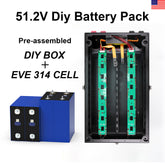

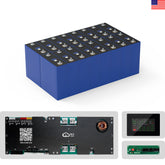

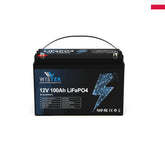
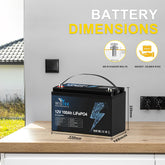
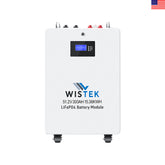
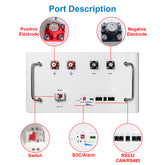
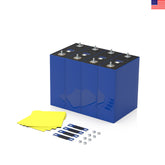
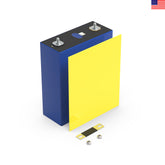
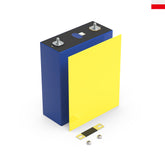

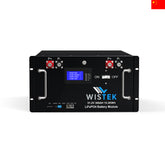
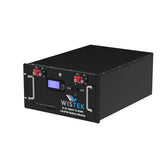
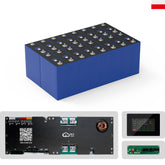








Leave a comment
All blog comments are checked prior to publishing